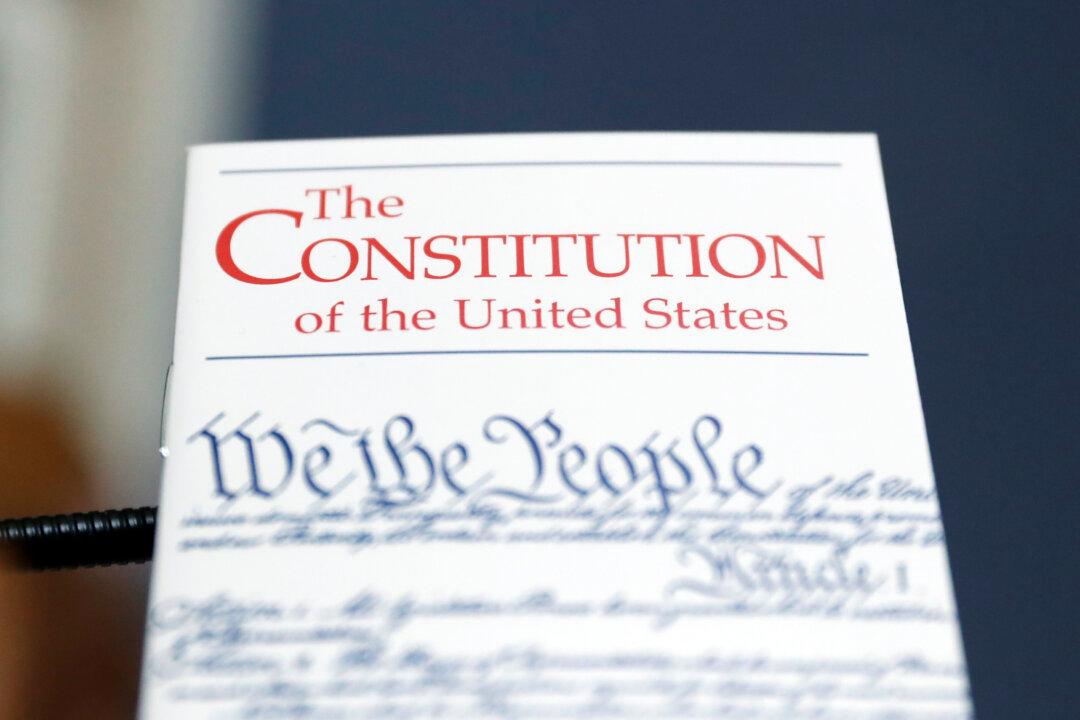Commentary
The movement for a national convention of states recently got a boost when a formerly skeptical national think tank issued a paper in support.

The movement for a national convention of states recently got a boost when a formerly skeptical national think tank issued a paper in support.